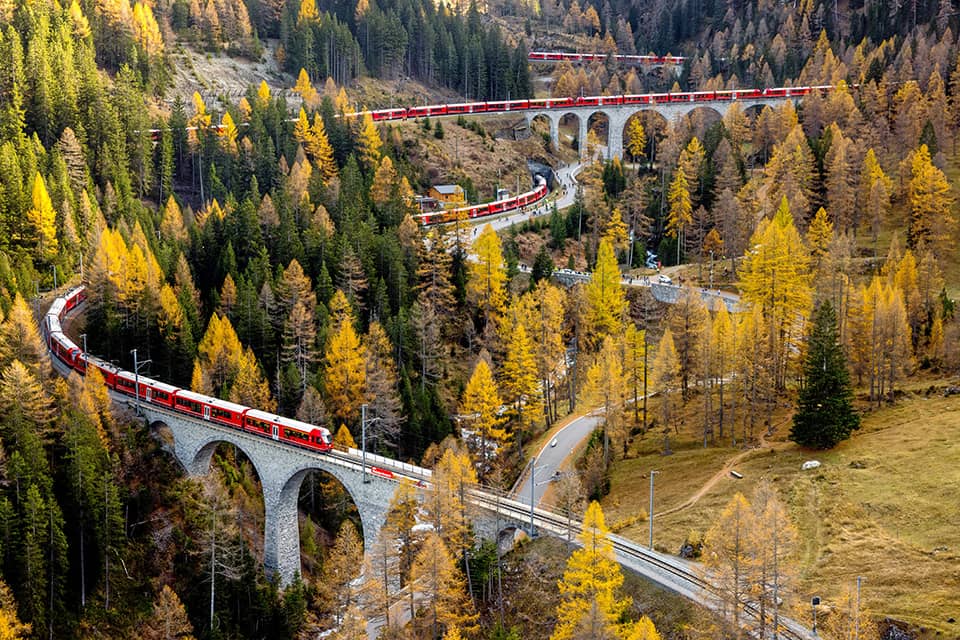Today’s major events go far beyond marquees and bratwurst stands. “Digitisation has brought profound changes and huge benefits to the world of large-scale events,” acknowledges Philipp Eder, Head of Drones & Robots at Swisscom Broadcast. Thanks to a temporary network, the food stalls have functioning POS systems and the cameras that capture the action can broadcast it to the world. Entry tickets for the event site are displayed on mobile phones and scanned with an app. In the background, an automatic reconciliation is performed between the visitors on site and those yet to arrive. Networked sensors determine the people density. This allows the organisers to close an area if maximum spectator numbers are reached, for example, thus ensuring that escape routes never become congested. Philipp Eder explains that drones are also taking on increasingly important functions. “Security staff no longer need to patrol large areas with their dogs because a drone can now do their rounds instead. If the defined perimeter is violated, the drone will fly to the location and transmit images to the control centre, where it can be rapidly established if it’s an inquisitive fox or a human being that has broken through the barrier and whether a response is necessary.”
